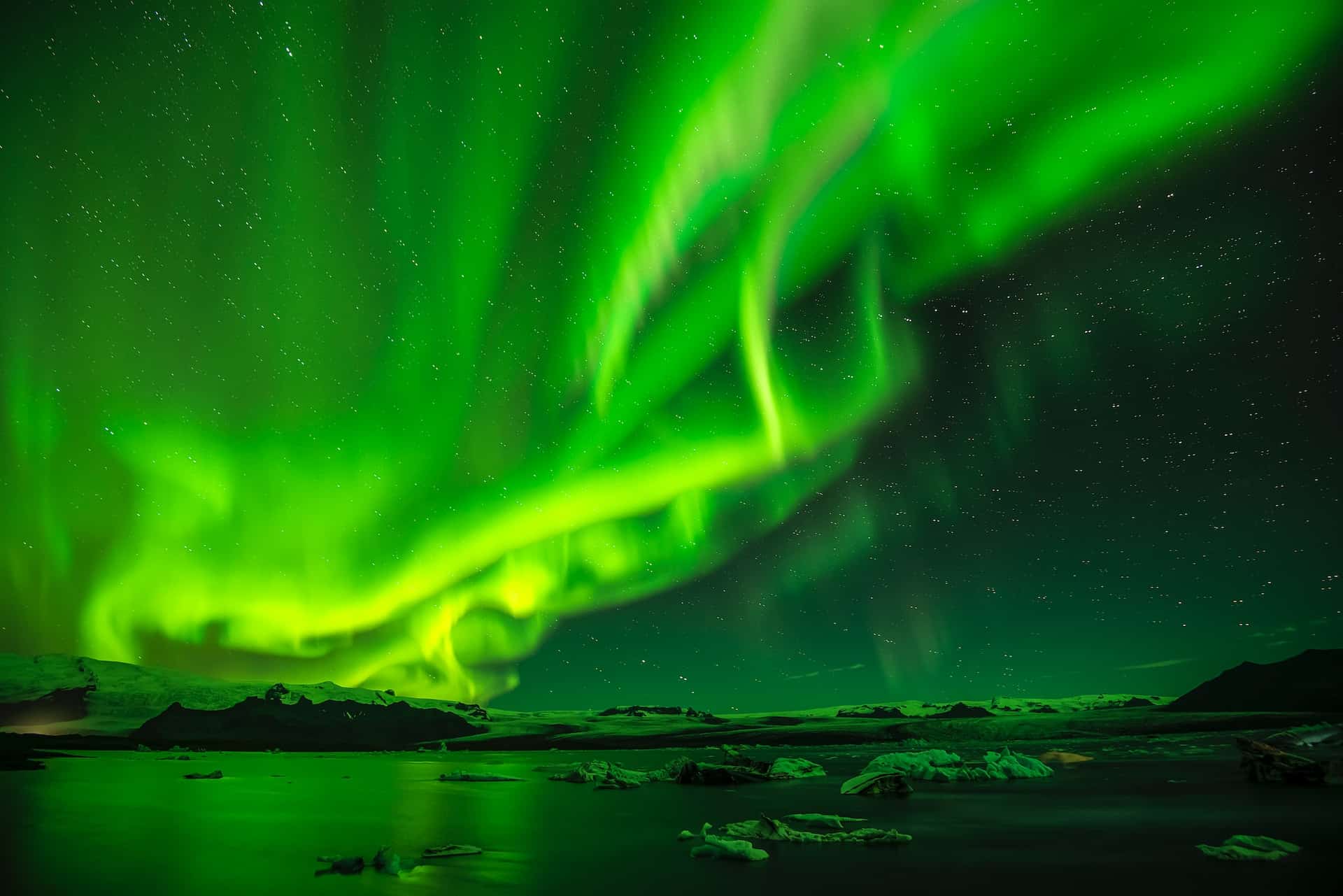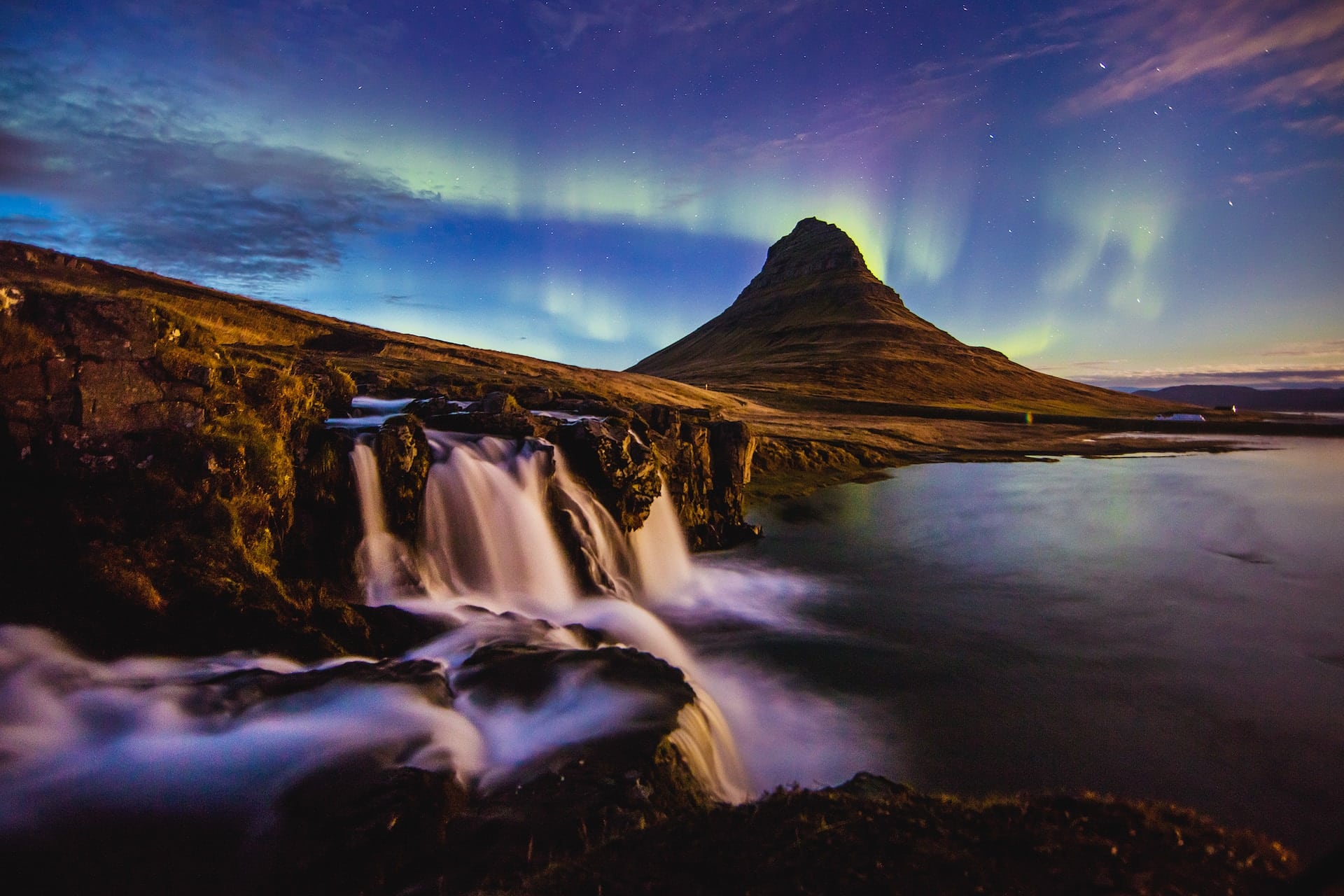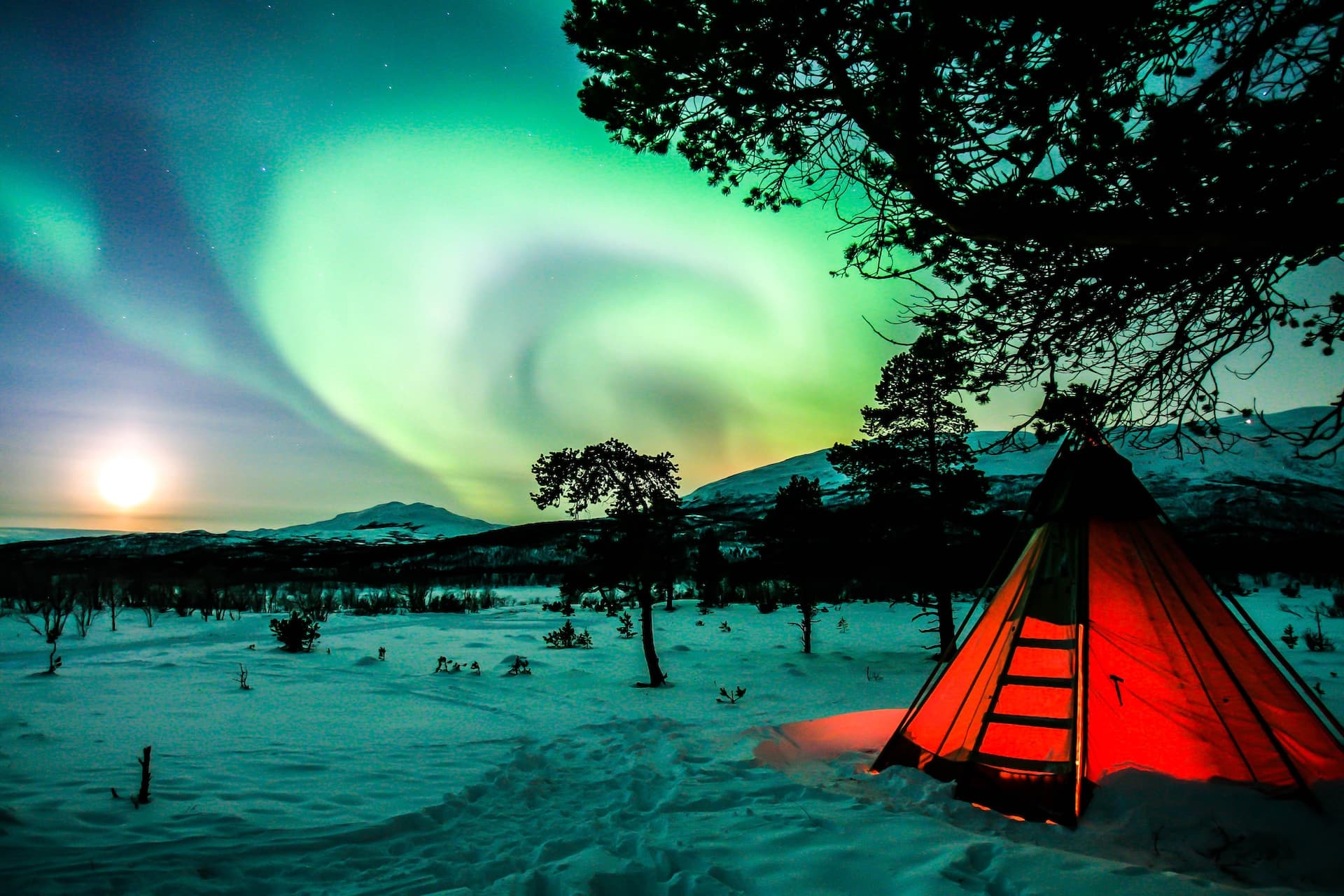Discover Hidden Gems: Top Underrated Spots for Viewing the Northern Lights

The Northern Lights, also known as the Northern Lights, are magical and mysterious natural phenomena that light up the night sky. These magnificent celestial shows are generally observable in polar regions, such as the Arctic and Antarctica. However, there are also little-known destinations where it is possible to admire these wonders of nature.
Svalbard, Norway
Located in the Arctic Ocean, the Svalbard archipelago is one of the best destinations for viewing the Northern Lights. This isolated region offers breathtaking landscapes, with majestic mountains, frozen fjords and abundant arctic wildlife. Thanks to its high latitude, Svalbard enjoys a high rate of auroral activity, which increases your chances of seeing these dancing lights in the night sky.
Fairbanks, Alaska
Located in the heart of Alaska, Fairbanks is a little-known destination for viewing the Northern Lights. This picturesque town is located in a valley surrounded by mountains, offering stunning views of the night sky. Fairbanks is also known for being one of the best places in the world to view the Northern Lights, thanks to its distance from sources of light pollution and low rainfall.

Jukkasjärvi, Sweden
Nestled in the Arctic Circle, Jukkasjärvi is a small Swedish town famous for being the location of the famous Icehotel, the world’s first ice hotel. In addition to the unique experience of spending the night in a hotel made entirely of ice, Jukkasjärvi also offers magnificent opportunities to observe the Northern Lights. The combination of the snowy landscape, frozen lakes and the Northern Lights creates a magical atmosphere that is sure to amaze you.
Tromso, Norway
Located in northern Norway, Tromsø is a bustling city surrounded by majestic mountains and fjords. This region is considered to be the best place in the world to observe the Northern Lights. Tromsø is also a center for Northern Lights research, providing unique opportunities to learn about this fascinating natural phenomenon. Night boat excursions are organized for lovers of the Northern Lights, allowing you to navigate the fjords while contemplating these colorful dances in the sky.
Kiruna, Sweden
Kiruna is another secret destination for viewing the Northern Lights. This small Swedish town is located in the heart of Lapland, offering pristine landscapes and clear views of the sky. Kiruna also has an ice hotel, where you can not only stay overnight, but also enjoy the unique experience of dining under the Northern Lights. Imagine enjoying a delicious meal while admiring these fantastic lights dancing above you!
The scientific mysteries of the Northern Lights
To further enrich our understanding of the Northern Lights, it is crucial to explore the scientific aspect of this natural phenomenon, which has not yet been addressed in the original text. These celestial light manifestations have piqued human curiosity for millennia and continue to be a primary subject of research for the scientific community.
The Northern Lights, while a stunning visual spectacle, are actually the result of collisions between charged particles from the sun and the molecules and atoms of the earth’s atmosphere, mainly oxygen and nitrogen. These energetic collisions take place in the thermosphere, a layer of the Earth’s atmosphere.
The sun continuously emits a stream of charged particles, known as solar wind. When this solar wind reaches Earth, it interacts with its magnetic field and can penetrate Earth’s atmosphere at the magnetic poles. The polar regions are therefore ideal for observing this phenomenon, hence the name aurora borealis in the northern hemisphere and aurora australis in the southern hemisphere.
A fascinating and lesser known aspect of the aurora is their geometric symmetry. The northern and southern hemisphere auroras are often symmetrical about the magnetic equator, reflecting a mysterious harmony in this natural spectacle.
It should also be noted that the study of the Northern Lights has led to numerous scientific advances and technological, particularly in the understanding of plasma and magnetic phenomena, essential for space research and physics. Additionally, aurora research is vital for studying the impact of solar flares, which can have serious repercussions on Earth-based technologies, such as power grids and communications systems.

Photographic exploration of the Northern Lights
Capturing the fleeting and haunting beauty of the Northern Lights is a dream for many amateur and professional photographers. Photographing the Northern Lights not only documents this spectacular natural phenomenon, but also reveals the subtle details and nuances of color often invisible to the naked eye.
There aurora borealis photography requires a thorough understanding of camera settings, as well as great patience and ability to work in extreme cold conditions. Photographers must optimize ISO, aperture, and shutter speed to effectively capture the bright, colorful dance of aurora across the night sky.
One of the main difficulties in photographing the Northern Lights is low light. It is crucial to use a tripod to stabilize the camera and avoid movement while shooting. Manual focusing is also often necessary, as autofocus systems can struggle to work properly in the dark.
Geographic location and time of year are also determining factors for successful Northern Lights photography. The winter months, with their long nights, offer extended opportunities to observe and photograph this natural spectacle. Additionally, being located away from sources of light pollution, such as city lights, can significantly improve the visibility and clarity of aurora.
The choice of location can also influence the rendering of the photographs. For example, a snowy landscape can reflect the light of the Northern Lights, creating a dynamic and balanced photographic composition. Likewise, including elements such as trees, mountains or water in the frame can add depth and context to the image.
There photographic technology has evolved to allow more precise and detailed capture of the Northern Lights. Modern cameras, equipped with highly sensitive sensors, make it possible to photograph this phenomenon with exceptional clarity and resolution. Advances in image processing also offer photographers the ability to enhance and perfect their images in post-production, showcasing the subtle details and vibrant colors of the aurora.
Comments
Leave a comment